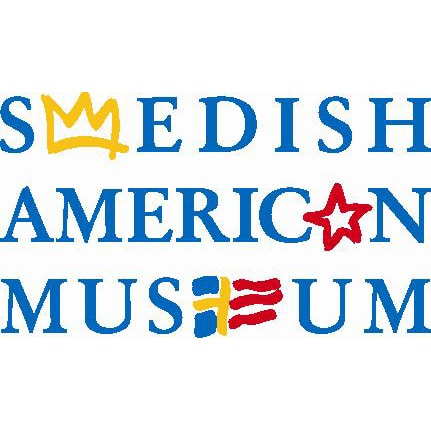
- This event has passed.
Genealogy Session Online
February 26, 2022 @ 4:00 am - 6:00 am
Free
Swedish Settlements on the South Shore
By Kenneth Schoon
Immigrants from Sweden were the first non-English speaking people to move into the Indiana Dunes region and establish settlements. Their legacy can be seen today.
This program, and its accompanying book, note that these Swedes established more than a dozen local churches, most of which are still active today. They built homes out of logs, lumber, and bricks, cleared and farmed the land, worked for the railroads and the brick factories, and established businesses, some of which are still in business today. Several of the early Swedes served in the Union army in the Civil War. Nearly all got American citizenship, and some were elected to political office.
The fourth of July was widely celebrated, but so were Swedish traditions at Midsummer and the Christmas season. Today descendants of Swedes still learn Swedish songs and dances and celebrate the traditions of their forbears. Even non-Swedes know about Vikings and may eat Swedish meatballs. Smörgåsbord has become an American word—though to Swedes it has slightly different meaning. Swedes and their descendants have helped build the Calumet Area.
Kenneth Schoon is the author of “Swedish Settlements on the South Shore of Lake Michigan.” Although not a Swede, he is married to the granddaughter of Swedish immigrants. His earlier works include Calumet Beginnings, Dreams of Duneland, and Shifting Sands, all published by Indiana University Press, and City Trees published by Stackpole Books.
Cost is free for Swedish American Museum Genealogical Society members; $10 for non-members to participate. Member reservations appreciated and can be made via email to [email protected] or by calling the Museum at 773.728.8111 and non-members can use the button below.


